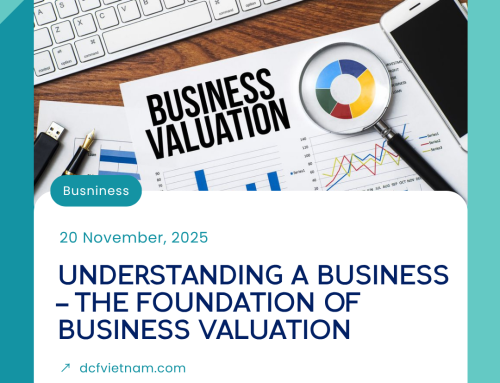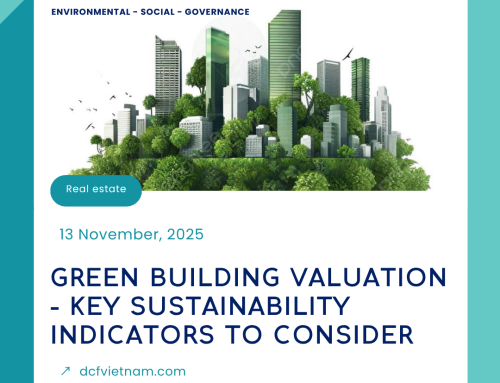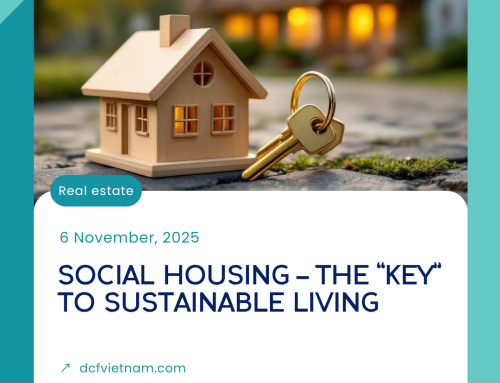Strategic Analysis and Proposal for Enhancing Competitiveness in Vietnam's Textile Industry
Textile Export Status: The US Market Context
Export Market Distribution (2024)
The textile and garment industry remains one of Vietnam's key export sectors, with an estimated turnover of $44 billion (2024).
The US market accounts for nearly 39% of total Vietnamese textile and garment exports, significantly surpassing other key markets such as Japan (16%) and the EU (17%). This high concentration makes Vietnam's textile industry particularly sensitive to any policy changes originating from Washington.
Summary: The new US tariff policy, effective under the Executive Order of 07/31/2025, puts pressure on costs, leading to the risk of global supply chain restructuring. This forces Vietnamese enterprises to accelerate localization and automation to maintain competitiveness.
1. Impact of US Tariff Policy on Vietnam's Textile Industry
The US implementation of 20% tariffs on apparel from Vietnam will create significant changes in both the short and long term for the entire industry.
1.1. Short-Term Impact: Narrowing Profit Margins
Export costs to the US market will inevitably increase, directly reducing the profit margins of Vietnamese businesses. This is particularly sensitive since the US accounted for nearly 39% of Vietnam's textile export turnover in 2024, meaning the new tariff immediately impacts the "backbone" of the industry.
20% Cost Increase: Immediate Effect
The 20% tariff applied to Vietnamese apparel will increase the cost of goods imported into the US by 20%. For an order with a manufacturing cost of $100, the total cost after tariffs will be $120, directly reducing price competitiveness and forces businesses to absorb the burden or share it with importers, leading to narrowed profit margins.
MAXIMUM RISK: 40% TRANSHIPMENT WARNING
A greater risk lies in the potential for the US to apply punitive tariffs of up to 40% on shipments suspected of tariff evasion (Transhipment) or non-compliance with strict rules of origin. This would double the cost pressure compared to the standard tariff rate, causing severe losses and compelling businesses to implement radical supply chain transparency.
1.2. Long-Term Impact: Supply Chain Shift
The larger risk involves the restructuring of the global supply chain. Due to Vietnam's significant reliance on imported raw materials (particularly in the dyeing and weaving stages), rules of origin in trade agreements can become a barrier when tariffs are imposed. A portion of orders may shift to South Asia (Bangladesh, India, Pakistan) or neighboring ASEAN countries (Cambodia, Indonesia).
2. Comparative Analysis of National Competitiveness
To assess the risk of order shifts, a holistic analysis of factors including tariffs, labor costs, and raw material self-sufficiency (through the industry's Value Added Ratio) is required.
| Nation | US Tariff Applied (EO 07/31/2025) | Textile Value Added Ratio/GDP | Minimum/Typical Industry Wage (USD/month) | Population 15–64 (%) (2024) |
|---|---|---|---|---|
| Vietnam | 20% (Low) | 6.5% (Moderate) | 137–196 (Higher than South Asian rivals) | 67.73% (Favorable) |
| Bangladesh | 20% (Low) | 12% (High) | 113 (Highly competitive) | 65.51% (Favorable) |
| Cambodia | 19% (Lowest) | 11–12% (High) | 210 (High, trending upward) | 64.04% (Lower) |
| India | 25% (Highest) | 5.2% (Low) | 132–163 (Competitive) | 68.23% (Very Favorable) |
| Pakistan | 19% (Lowest) | 8.5% (Moderate–High) | 135–140 (Competitive) | 59.03% (Lower) |
| Indonesia | 19% (Lowest) | 1.9% (Very Low) | 140–350 (Volatile/High) | 68.11% (Very Favorable) |
Commentary on Competitive Capacity
This multi-dimensional comparison highlights Vietnam's main challenges:
- Labor Cost Pressure: Vietnam’s minimum wage is significantly higher than Bangladesh ($113/month) and Pakistan ($135–$140/month). While the US tariff on Vietnam (20%) is equal to Bangladesh and only 1% higher than Pakistan, the labor cost advantage of South Asia will be magnified, making their final price highly competitive.
- Raw Material Dependency: Vietnam's Textile Value Added Ratio (6.5%) is much lower than Bangladesh (12%) and Cambodia (11–12%). This reflects a substantial reliance on imported raw materials, leaving Vietnam vulnerable to strict rules of origin and the Transhipment risk (40%) that the US may impose.
- Opportunities for Rivals: Although India faces the highest tariff (25%) and Indonesia has a very low Value Added Ratio (1.9%), these nations can still attract orders from Vietnam due to lower costs (India) or diversified supply networks (Indonesia).
3. Strategic Outlook and Recommendations
3.1. Competitive Positioning and Sustainable Advantages
Vietnam maintains a crucial role in the global textile supply chain. While the 20% US tariff and rising labor costs may erode price advantages, political stability, a sustainable investment environment, and higher labor quality remain strong competitive benefits compared to regional rivals.
3.2. Strategic Solutions for Enterprises
To maintain its position, the Vietnamese textile industry must prioritize investing in value-added factors, particularly meeting requirements for rules of origin, ESG, and Extended Producer Responsibility (EPR).
Feasibility and Impact Assessment of Strategic Directions
Localization and Raw Material Self-Sufficiency
Boost investment in dyeing and weaving stages to reduce imported content, ensuring rules of origin compliance and mitigating Transhipment risk.
Automation and Productivity Enhancement
Implement automation to counter rising labor costs and maintain price competitiveness against lower-wage nations.
ESG and EPR Compliance
Adhering to environmental and social responsibility standards in developed markets will help businesses secure advantages in the high-quality and sustainable segment.
3.3. The Role of Valuation in a Context of Risk
As the textile industry faces the risk of supply chain shifts, transparent and accurate valuation of core assets is critically important:
- Enterprise Support: Accurate valuation of land plots, factory premises in industrial zones, and machinery equipment supports businesses in making strategic decisions on production, expansion, or divestment.
- Credit Risk Control: Assists credit institutions in controlling risk when financing a sector facing significant policy fluctuations.
- Policy Planning: Updated valuation reports are a tool for local authorities to monitor trends, thereby enabling more effective planning for infrastructure development and FDI attraction.
DCF Vietnam
With over 12 years of experience, DCF Vietnam is proud to be a pioneer in applying international procedures and standards, helping clients ensure transparency, accuracy, and legal compliance in all transactions. Our valuation results are recognized not only in Vietnam but also across global markets. We specialize in providing comprehensive valuation and consulting services, tailored to various business needs.
FIELD OF EXPERTISE
REFERENCES
General Data: Compiled from General Statistics Office (GSO), Vietnam Textile and Apparel Association (VITAS), Ministry of Industry and Trade (MOIT), and market analysis by DCF Vietnam.
Competitive Comparison Table (Section 2): Data compiled from World Bank (Population), WageIndicator Foundation (Minimum Wages), Atlas Economic Research (Myanmar), Xinhua (Cambodia), ASEAN Briefing (Indonesia), and US tariff policy analysis (EO 07/31/2025).
Update Period: This report is based on market data updated through Q3/2025.
DISCLAIMER
This content is the product of the author and does not reflect the views or stance of DCF Vietnam Corporation. Furthermore, this content is not intended to create a valuer-client relationship, does not constitute valuation/consultation, and does not replace professional valuation/consultation services. Actual and specific situations or assets require consultation with a professional valuer before taking any action related to the subject matter discussed herein.





